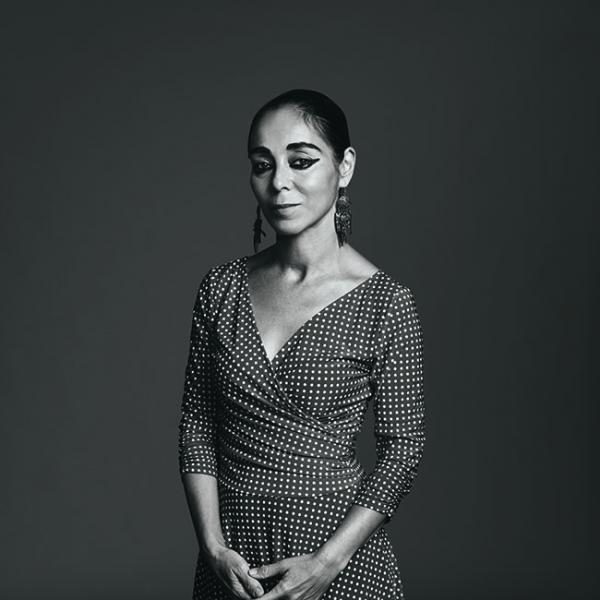Telling All Our Stories: Arts and Diversity

Untitled, 1996, by Shirin Neshat. PHOTO © Shirin Neshat, courtesy of Gladstone Gallery, New York and Brussels
About this Issue
We know that the arts can be a powerful tool to tell our stories. And yet, one needn’t look further than the 2016 Oscars controversy to know that certain stories remain more frequently told and celebrated than others.
For example, only four percent of classical symphony musicians are African American. Just five percent of professional staff in art museums are people of color, with even fewer among senior management. In film and television, there are nearly five men for every woman working as a writer, director, or producer.
This issue of NEA Arts looks at artists who recognize these disparities, and are seeking to make changes within their fields to tell all our stories. Aaron Dworkin discusses his efforts to diversify the color of classical music, while Shirin Neshat’s desire to redefine what Islam means in America today is shown through her visual arts. Arthur Mitchell talks about changing the snow-white complexion of classical ballet, and Lin-Manuel Miranda introduces Latino and hip-hop culture to musical theater. Sandra Cisneros was one of the first authors to showcase working-class Latina culture in a work of literature, and NEA National Heritage Fellow Yary Livan helped spare Cambodian culture from the Khmer Rouge by continuing to practice his native country’s traditional ceramic arts. These artists all are paving the way for those who will follow.
At the National Endowment for the Arts, we strive to ensure all Americans have the opportunity for creative expression. Through diversity in our grants and diversity in the stories we share, we are acting on our belief that the arts are a public good, and that all individuals and communities deserve to have their voices heard, their stories told.
Included in this Issue









